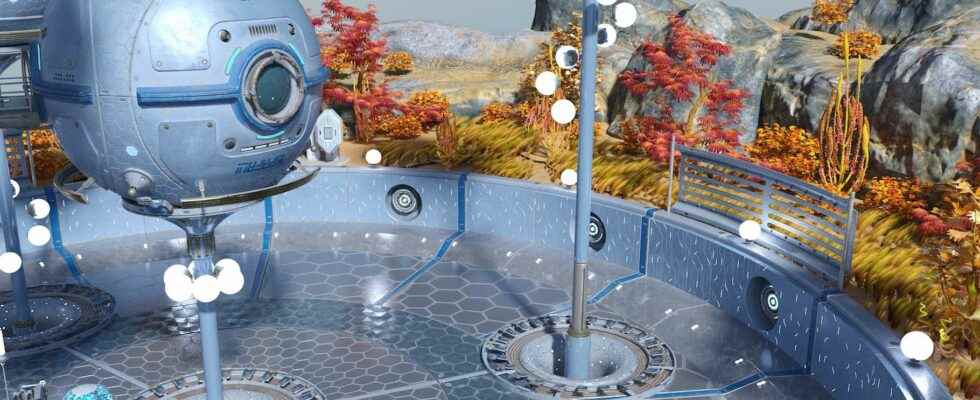We view our humanity as an intelligent civilization. Technologically advanced. However, on the Kardachev scale, it struggles to reach type I. Researchers have looked into the matter. Result: our case is not hopeless!
You will also be interested
[EN VIDÉO] Extraterrestrials: 8 theories to explain the silence Why don’t aliens show up? Several theories can explain the silence of the extraterrestrials. Futura presents 8 of them here. Go into the secret…
L’Kardachev scale. Does that remind you of something ? She door the name of a astronomer Soviet. This is a first clue. And it is related to the concept of “Dyson sphere”. This is a second size index. Third and last clue, it is often used by scientists involved in research projects forintelligence aliens. Do you now have a clearer idea? The Kardachev scale, in fact, makes it possible to classify civilizations according to their level of technology by linking it closely to their consumption ofenergy.
Roughly speaking, the more a civilization consumes energy, the more it is developed. The trouble we are currently experiencing is that consume energy, a lot of energy, has its limits and can have pernicious effects. And, nearly sixty years after the birth of the concept, we feel compelled to include in the criteria of the Kardachev scale, some “stewardship elements “. Just to make sure not to destroy our civilization even before reaching the first level of the said ladder. Considering these constraints, researchers from Jet Propulsion Laboratory (Nasa) — and elsewhere — estimate that it will be necessary to wait until 2371, at least, for humanity to reach the rank of civilization type I.
To fully understand, remember that a so-called type I civilization is a civilization capable of exploiting — and therefore consuming — all the energy available on its planet. A Type II civilization goes one step further. She is able to build one of those famous “Dyson spheres” which would allow it to consume all of the energy produced by its star. A type III civilization, finally, would be able to do the same with all the stars of his galaxy.
[ ???????????????????????? ] “???????? ???????????????????????????????????????????????????? ?????? ?????????? ???????????????????????????????????????????????????? ?? »
The Kardachev scale, known as the “theoretical method of classifying civilizations” pic.twitter.com/5BfrvLDVTY
—Aguero™ (@_Karasu444) April 22, 2021
Type I, a goal to achieve?
Situate humanity on this scale. Here, then, could be an original way of approaching the debate on energy issues. Let us first note that the power available on Earth is of the order of 1016 watts. But today, humanity uses only about 1013 watts. So, on a scale ” mobile »of Kardachev — such as that popularized by Carl Sagan–, humanity would be, roughly, class 0.73.
From there, the researchers wanted to know how the three main sources of energy available today — fuelsfossils I’ nuclear energy and the renewable energies— could help us reach the first level of the Kardachev ladder. They first note that Type I seems quite within reach. If indeed we decide to make energy production a real priority.
It remains to ensure that we preserve our chances of survival on Earth. Because by burning all the fossil fuels , they would be greatly compromised. This is why the researchers integrated into their calculations the need to limit both theglobal warmingand pollution levels. And this is how they advance, for the passage of humanity to type I, the date of 2371. Some 350 years to wait for us to officially become an advanced civilization? Or not… Because we could also consider that a technologically advanced civilization is capable of finding solutions that enable it to consume less energy. To be more efficient. Isn’t that the whole point?
Interested in what you just read?
